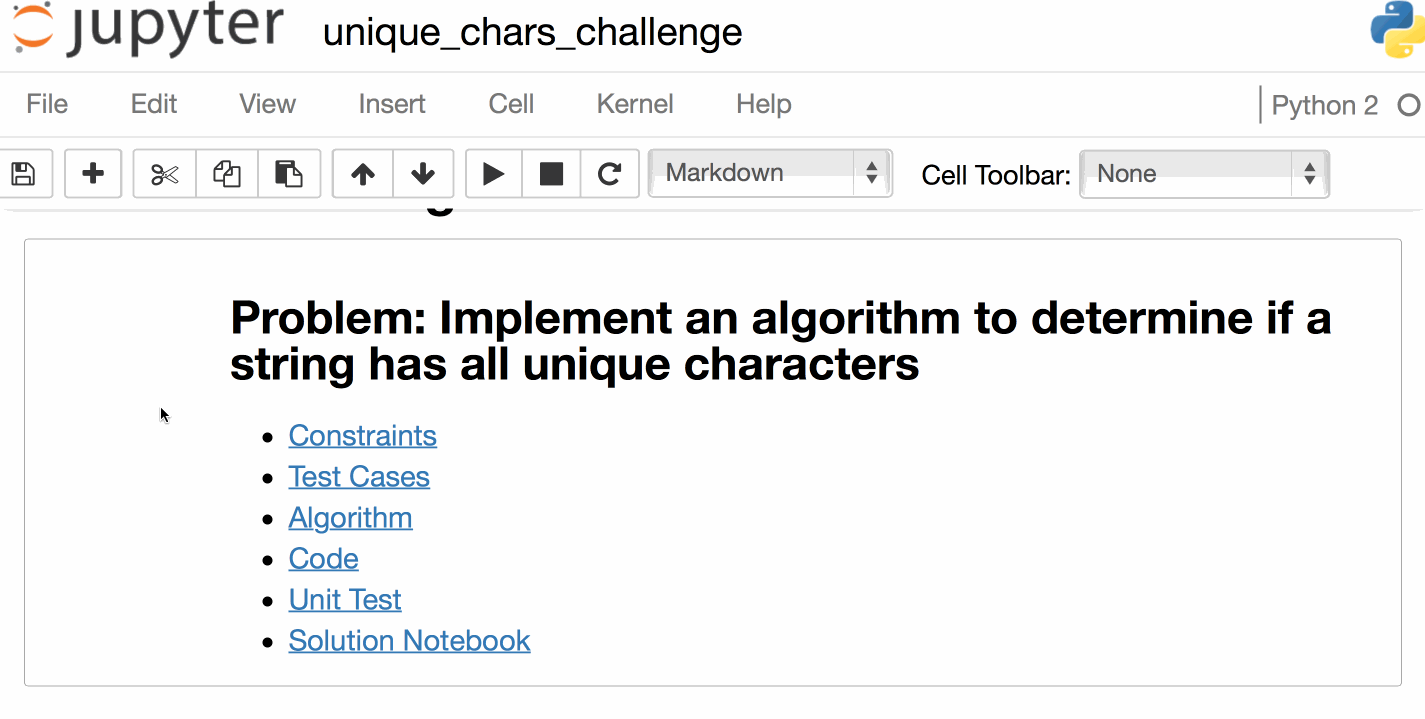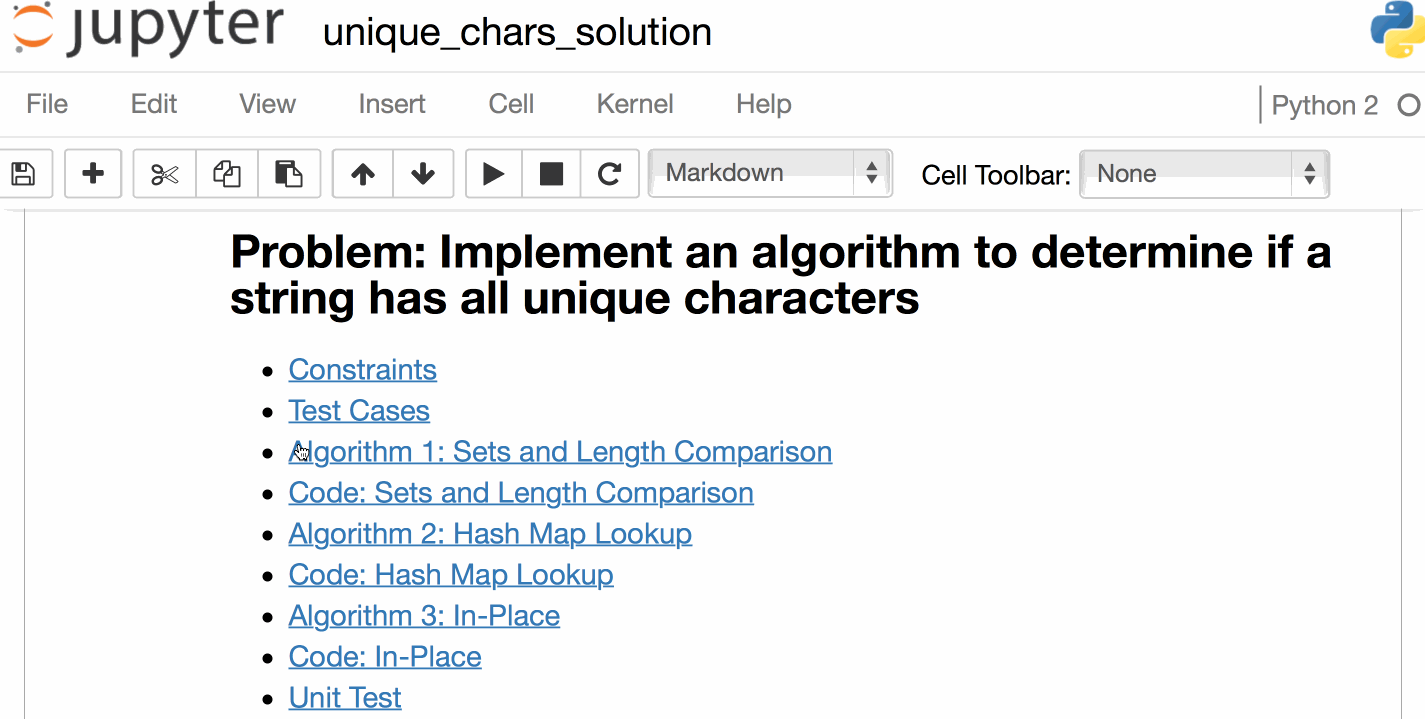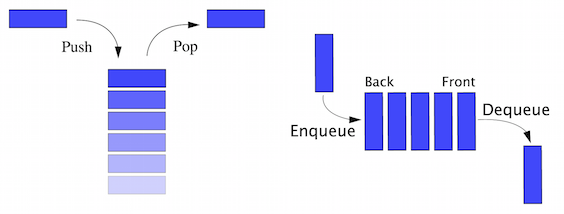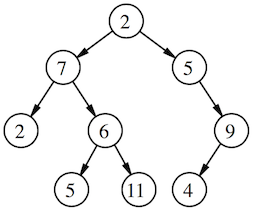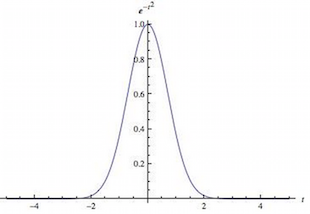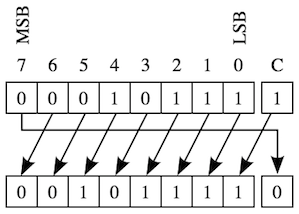120+ continually updated, interactive, and test-driven coding challenges, with Anki flashcards.
Challenges focus on algorithms and data structures found in coding interviews.
Each challenge has one or more reference solutions that are:
- Fully functional
- Unit tested
- Easy-to-understand
Challenges will soon provide on-demand incremental hints to help you arrive at the optimal solution.
Notebooks also detail:
- Constraints
- Test cases
- Algorithms
- Big-O time and space complexities
Also included are unit tested reference implementations of various data structures and algorithms.
The provided Anki flashcard deck uses spaced repetition to help you retain key concepts.
Great for use while on-the-go.
Looking for resources to help you prep for the System Design and Object-Oriented Design interviews?
Check out the sister repo The System Design Primer, which contains additional Anki decks:
Each challenge has two notebooks, a challenge notebook with unit tests for you to solve and a solution notebook for reference.
- States the problem to solve.
- Describes any constraints or assumptions.
- Describes the general and edge test cases that will be evaluated in the unit test.
- [Challenge Notebook] Empty, refer to the solution notebook algorithm section if you need a hint.
- [Solution Notebook] One or more algorithm solution discussions, with Big-O time and space complexities.
- [Challenge Notebook] Provides on-demand incremental hints to help you arrive at the optimal solution. Coming soon!
- [Challenge Notebook] Skeleton code for you to implement.
- [Solution Notebook] One or more reference solutions.
- [Challenge Notebook] Unit test for your code. Expected to fail until you solve the challenge.
- [Solution Notebook] Unit test for the reference solution(s).
Format: Challenge Category - Number of Challenges
- Arrays and Strings - 10
- Linked Lists - 8
- Stacks and Queues - 8
- Graphs and Trees - 21
- Sorting - 10
- Recursion and Dynamic Programming - 17
- Mathematics and Probability - 6
- Bit Manipulation - 8
- Online Judges - 16
- System Design - 8
- Object Oriented Design - 8
Total number of challenges: 120
Unit tested, fully functional implementations of the following data structures:
Unit tested, fully functional implementations of the following algorithms:
- Selection Sort
- Insertion Sort
- Quick Sort
- Merge Sort
- Radix Sort
- Topological Sort
- Tree Depth-First Search (Pre-, In-, Post-Order)
- Tree Breadth-First Search
- Graph Depth-First Search
- Graph Breadth-First Search
- Dijkstra's Shortest Path
- Unweighted Graph Shortest Path
- Knapsack 0/1
- Knapsack Unbounded
- Sieve of Eratosthenes
- A*
- Bellman-Ford
- Bloom Filter
- Convex Hull
- Fisher-Yates Shuffle
- Kruskal's
- Max Flow
- Prim's
- Rabin-Karp
- Traveling Salesman
- Union Find
- Contribute
| Challenge | Static Notebook |
|---|---|
| Determine if a string contains unique characters | Challenge │ Solution |
| Determine if a string is a permutation of another | Challenge │ Solution |
| Determine if a string is a rotation of another | Challenge │ Solution |
| Compress a string | Challenge │ Solution |
| Reverse characters in a string | Challenge │ Solution |
| Given two strings, find the single different char | Challenge │ Solution |
| Find two indices that sum to a specific value | Challenge │ Solution |
| Implement a hash table | Challenge │ Solution |
| Implement fizz buzz | Challenge │ Solution |
| Find the first non-repeated character in a string | Contribute │ Contribute |
| Remove specified characters in a string | Contribute │ Contribute |
| Reverse words in a string | Contribute │ Contribute |
| Convert a string to an integer | Contribute │ Contribute |
| Convert an integer to a string | Contribute │ Contribute |
| Add a challenge | Contribute │ Contribute |
| Challenge | Static Notebook |
|---|---|
| Remove duplicates from a linked list | Challenge │ Solution |
| Find the kth to last element of a linked list | Challenge │ Solution |
| Delete a node in the middle of a linked list | Challenge │ Solution |
| Partition a linked list around a given value | Challenge │ Solution |
| Add two numbers whose digits are stored in a linked list | Challenge │ Solution |
| Find the start of a linked list loop | Challenge │ Solution |
| Determine if a linked list is a palindrome | Challenge │ Solution |
| Implement a linked list | Challenge │ Solution |
| Determine if a list is cyclic or acyclic | Contribute │ Contribute |
| Add a challenge | Contribute │ Contribute |
| Challenge | Static Notebook |
|---|---|
| Implement n stacks using a single array | Challenge │ Solution |
| Implement a stack that keeps track of its minimum element | Challenge │ Solution |
| Implement a set of stacks class that wraps a list of capacity-bounded stacks | Challenge │ Solution |
| Implement a queue using two stacks | Challenge │ Solution |
| Sort a stack using another stack as a buffer | Challenge │ Solution |
| Implement a stack | Challenge │ Solution |
| Implement a queue | Challenge │ Solution |
| Implement a priority queue backed by an array | Challenge │ Solution |
| Add a challenge | Contribute │ Contribute |
| Challenge | Static Notebooks |
|---|---|
| Implement depth-first search (pre-, in-, post-order) on a tree | Challenge │ Solution |
| Implement breadth-first search on a tree | Challenge │ Solution |
| Determine the height of a tree | Challenge │ Solution |
| Create a binary search tree with minimal height from a sorted array | Challenge │ Solution |
| Create a linked list for each level of a binary tree | Challenge │ Solution |
| Check if a binary tree is balanced | Challenge │ Solution |
| Determine if a tree is a valid binary search tree | Challenge │ Solution |
| Find the in-order successor of a given node in a binary search tree | Challenge │ Solution |
| Find the second largest node in a binary search tree | Challenge │ Solution |
| Find the lowest common ancestor | Challenge │ Solution |
| Invert a binary tree | Challenge │ Solution |
| Implement a binary search tree | Challenge │ Solution |
| Implement a min heap | Challenge │ Solution |
| Implement a trie | Challenge │ Solution |
| Implement depth-first search on a graph | Challenge │ Solution |
| Implement breadth-first search on a graph | Challenge │ Solution |
| Determine if there is a path between two nodes in a graph | Challenge │ Solution |
| Implement a graph | Challenge │ Solution |
| Find a build order given a list of projects and dependencies. | Challenge │ Solution |
| Find the shortest path in a weighted graph. | Challenge │ Solution |
| Find the shortest path in an unweighted graph. | Challenge │ Solution |
| Add a challenge | Contribute │ Contribute |
| Challenge | Static Notebooks |
|---|---|
| Implement selection sort | Challenge │ Solution |
| Implement insertion sort | Challenge │ Solution |
| Implement quick sort | Challenge │ Solution |
| Implement merge sort | Challenge │ Solution |
| Implement radix sort | Challenge │ Solution |
| Sort an array of strings so all anagrams are next to each other | Challenge │ Solution |
| Find an item in a sorted, rotated array | Challenge │ Solution |
| Search a sorted matrix for an item | Challenge │ Solution |
| Find an int not in an input of n integers | Challenge │ Solution |
| Given sorted arrays A, B, merge B into A in sorted order | Challenge │ Solution |
| Implement a stable selection sort | Contribute │ Contribute |
| Make an unstable sort stable | Contribute │ Contribute |
| Implement an efficient, in-place version of quicksort | Contribute │ Contribute |
| Given two sorted arrays, merge one into the other in sorted order | Contribute │ Contribute |
| Find an element in a rotated and sorted array of integers | Contribute │ Contribute |
| Add a challenge | Contribute │ Contribute |
| Challenge | Static Notebooks |
|---|---|
| Implement fibonacci recursively, dynamically, and iteratively | Challenge │ Solution |
| Maximize items placed in a knapsack | Challenge │ Solution |
| Maximize unbounded items placed in a knapsack | Challenge │ Solution |
| Find the longest common subsequence | Challenge │ Solution |
| Find the longest increasing subsequence | Challenge │ Solution |
| Minimize the cost of matrix multiplication | Challenge │ Solution |
| Maximize stock prices given k transactions | Challenge │ Solution |
| Find the minimum number of ways to represent n cents given an array of coins | Challenge │ Solution |
| Find the unique number of ways to represent n cents given an array of coins | Challenge │ Solution |
| Print all valid combinations of n-pairs of parentheses | Challenge │ Solution |
| Navigate a maze | Challenge │ Solution |
| Print all subsets of a set | Challenge │ Solution |
| Print all permutations of a string | Challenge │ Solution |
| Find the magic index in an array | Challenge │ Solution |
| Find the number of ways to run up n steps | Challenge │ Solution |
| Implement the Towers of Hanoi with 3 towers and N disks | Challenge │ Solution |
| Implement factorial recursively, dynamically, and iteratively | Contribute │ Contribute |
| Perform a binary search on a sorted array of integers | Contribute │ Contribute |
| Print all combinations of a string | Contribute │ Contribute |
| Implement a paint fill function | Contribute │ Contribute |
| Find all permutations to represent n cents, given 1, 5, 10, 25 cent coins | Contribute │ Contribute |
| Add a challenge | Contribute │ Contribute |
| Challenge | Static Notebooks |
|---|---|
| Generate a list of primes | Challenge │ Solution |
| Find the digital root | Challenge │ Solution |
| Create a class supporting insert, max, min, mean, mode in O(1) | Challenge │ Solution |
| Determine if a number is a power of two | Challenge │ Solution |
| Add two numbers without the + or - sign | Challenge │ Solution |
| Subtract two numbers without the + or - sign | Challenge │ Solution |
| Check if a number is prime | Contribute │ Contribute |
| Determine if two lines on a Cartesian plane intersect | Contribute │ Contribute |
| Using only add, implement multiply, subtract, and divide for ints | Contribute │ Contribute |
| Find the kth number such that the only prime factors are 3, 5, and 7 | Contribute │ Contribute |
| Add a challenge | Contribute │ Contribute |
| Challenge | Static Notebooks |
|---|---|
| Implement common bit manipulation operations | Challenge │ Solution |
| Determine number of bits to flip to convert a into b | Challenge │ Solution |
| Draw a line on a screen | Challenge │ Solution |
| Flip a bit to maximize the longest sequence of 1s | Challenge │ Solution |
| Get the next largest and next smallest numbers | Challenge │ Solution |
| Merge two binary numbers | Challenge │ Solution |
| Swap odd and even bits in an integer | Challenge │ Solution |
| Print the binary representation of a number between 0 and 1 | Challenge │ Solution |
| Determine the number of 1s in the binary representation of a given integer | Contribute │ Contribute |
| Add a challenge | Contribute │ Contribute |
| Challenge | Static Notebooks |
|---|---|
| Find the longest substring with at most k distinct chars | Challenge │ Solution |
| Find the highest product of three numbers | Challenge │ Solution |
| Maximize stocks profit from 1 buy and 1 sell | Challenge │ Solution |
| Move all zeroes in a list to the end | Challenge │ Solution |
| Find the products of every other int | Challenge │ Solution |
| Given a list of entries and exits, find the busiest period | Challenge │ Solution |
| Determine an island's perimeter | Challenge │ Solution |
| Format license keys | Challenge │ Solution |
| Find the longest absolute file path | Challenge │ Solution |
| Merge tuple ranges | Challenge │ Solution |
| Assign cookies | Challenge │ Solution |
| Determine if you can win in Nim | Challenge │ Solution |
| Check if a magazine could have been used to create a ransom note | Challenge │ Solution |
| Find the number of times a sentence can fit on a screen | Challenge │ Solution |
| Utopian tree | Challenge │ Solution |
| Maximizing xor | Challenge │ Solution |
| Add a challenge | Contribute │ Contribute |
interactive-coding-challenges # Repo
├─ arrays_strings # Category of challenges
│ ├─ rotation # Challenge folder
│ │ ├─ rotation_challenge.ipynb # Challenge notebook
│ │ ├─ rotation_solution.ipynb # Solution notebook
│ │ ├─ test_rotation.py # Unit test*
│ ├─ compress
│ │ ├─ compress_challenge.ipynb
│ │ ├─ compress_solution.ipynb
│ │ ├─ test_compress.py
│ ├─ ...
├─ linked_lists
│ ├─ palindrome
│ │ └─ ...
│ ├─ ...
├─ ...
*The notebooks (.ipynb) read/write the associated unit test (.py) file.
This README contains links to Binder , which hosts dynamic notebooks of the repo's contents online with no installation needed.
Run:
pip install jupyter
For detailed instructions, scripts, and tools to more optimally set up your development environment, check out the dev-setup repo.
For more details on notebook installation, follow the directions here.
More information on IPython/Jupyter Notebooks can be found here.
Challenges are provided in the form of IPython/Jupyter Notebooks and have been tested with Python 2.7 and Python 3.x.
If you need to install IPython/Jupyter Notebook, see the Notebook Installation section.
- This README contains links to nbviewer, which hosts static notebooks of the repo's contents
- To interact with or to modify elements within the dynamic notebooks, refer to the instructions below
Run the notebook of challenges:
$ git clone https://github.com/donnemartin/interactive-coding-challenges.git
$ cd interactive-coding-challenges
$ jupyter notebook
This will launch your web browser with the list of challenge categories:
- Navigate to the Challenge Notebook you wish to solve
- Run the cells within the challenge notebook (Cell->Run All)
- This will result in an expected unit test error
- Solve the challenge and verify it passes the unit test
- Check out the accompanying Solution Notebook for further discussion
To debug your solution with pdb, refer to the following ticket.
Note: If your solution is different from those listed in the Solution Notebook, consider submitting a pull request so others can benefit from your work. Review the Contributing Guidelines for details.
Challenges, solutions, and unit tests are presented in the form of IPython/Jupyter Notebooks.
- Notebooks currently contain mostly Python solutions (tested on both Python 2.7 and Python 3.x), but can be extended to include 40+ supported languages
- Repo will be continually updated with new solutions and challenges
- Contributions are welcome!
Contributions are welcome!
Review the Contributing Guidelines for details on how to:
- Submit issues
- Add solutions to existing challenges
- Add new challenges
- Cracking the Coding Interview | GitHub Solutions
- Programming Interviews Exposed
- The Algorithm Design Manual | Solutions
- CareerCup
- Quora
- HackerRank
- LeetCode
- Arrays and Strings: nltk.org
- Linked Lists: wikipedia.org
- Stacks: wikipedia.org
- Queues: wikipedia.org
- Sorting: wikipedia.org
- Recursion and Dynamic Programming: wikipedia.org
- Graphs and Trees: wikipedia.org
- Mathematics and Probability: wikipedia.org
- Bit Manipulation: wikipedia.org
- Online Judges: topcoder.com
Feel free to contact me to discuss any issues, questions, or comments.
My contact info can be found on my GitHub page.
I am providing code and resources in this repository to you under an open source license. Because this is my personal repository, the license you receive to my code and resources is from me and not my employer (Facebook).
Copyright 2015 Donne Martin
Licensed under the Apache License, Version 2.0 (the "License");
you may not use this file except in compliance with the License.
You may obtain a copy of the License at
http://www.apache.org/licenses/LICENSE-2.0
Unless required by applicable law or agreed to in writing, software
distributed under the License is distributed on an "AS IS" BASIS,
WITHOUT WARRANTIES OR CONDITIONS OF ANY KIND, either express or implied.
See the License for the specific language governing permissions and
limitations under the License.

